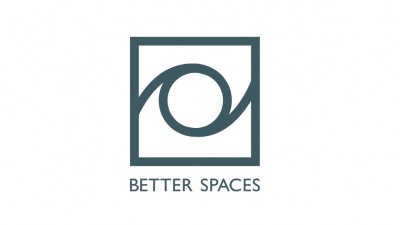5 Ways Offices Need To Change To Stay Relevant

An increasing number of companies are realizing the importance of spontaneous and face-to-face communications and have begun to rethink their work space and telecommuting policies.
Leading companies are viewing their workplace as a tool to foster company culture and innovation, and high-performing employees are attracted to workplaces that inspire big ideas. Workers have realized that working from home leads to social exclusion and missed opportunities, so for career advancement, being visible is key.
Offices are seeking ways to celebrate and enhance the office, in addition to encouraging off-sites and retreats. Communication and collaboration are critical to productivity, efficient workflows and high-quality deliverables. Companies like IBM, Bank of America, Yahoo and Aetna have realized that when workers conduct their business remotely, they are not as effective. Productivity improves between 20% and 25% in organizations with connected employees, according to the McKinsey Global Institute.
We caught up with Better Spaces’ Adin Meir to learn about five things offices should prioritize to reactivate their spaces, engage employees and inspire people to make the commute every day.

1. Community
“Developing a sense of community is key in the evolution of the office,” Meir said. “Places like the Google campus are shining examples of how a sense of community can foster innovation. Many of these workers can work from home, but the collaboration in the office is what creates the magic.”
Better Spaces celebrates the office, helping companies to harness and maximize the benefits that accrue due to in-person employee interaction. The BetterSpace platform can turn any multi-tenanted building into a seamlessly operated campus by linking tenants to create scale for programs. The platform takes an individualized approach to each property, using pop-up events, regular programming and a multifunctional app to unite office workers.
2. Mindfulness
The office can be a stressful place. Employees’ negative emotional associations with a frenetic work environment can taint their perception of workplaces in general. Programs that allow people to focus and reduce office anxiety have particular relevance in today’s hectic, plugged-in work environment.
Meditation can change how employees view their office and co-workers, connecting them through collective reflection and centering. Harvard researcher Sara Lazar and her team found that people who meditate have lower levels of stress hormones like cortisol and have a dampened stress reactions to conflict and difficult problems.
Thus, companies are increasingly viewing mindfulness programming as a productivity booster rather than time waster. Better Spaces has a number of mindfulness-oriented programs, in which 10% to 15% of a building’s tenants normally participate. Over 85% of meditation participants reported “significant mental clarity improvement” after just three weekly sessions.

3. Nutrition
According to Capital One’s “2017 Work Environment Survey,” 41% of millennials would most like to see healthy food and beverage options in their workplace above all else.
UCSF found that Americans consume 19.5 teaspoons of added sugar per day, more than triple the American Heart Association’s recommended daily allowance. The main sources are packaged, processed, convenient foods and high fructose corn syrup-sweetened drinks employees snag from vending machines and cafeterias. An astonishing 74% of packaged foods contain added sugar, and on-the-go snacks and bars are some of the most sugar laden.
Offices can empower tenants to make healthier choices by revamping their café menus, and posting select nutritional and allergen information. Better Spaces provides natural foods, such as fresh smoothies, fruit pops, craft beers and wines through close partnerships with local vendors.

4. Outdoor Space
“We should view the office more holistically and use outdoor space more,” Meir said. “Many buildings have ample terrace and rooftop space that go unused, and now the NYC DOB is more permissive when it comes to using this space; however 90% of people spend their day indoors.”
Better Spaces hosts a number of its events outdoors and maintains attractive communal workspaces. This allows building owners and tenants to expand the footprint of each building and activate underutilized spaces.

5. Air Quality
The World Health Organization found that air pollution in indoor air increases a person’s disease risk by 50%.
“Pollution indoors is often two to five times as high as outdoors,” Meir said. “CO2 outdoors can already be at a baseline of 400 ppm, and indoor air often exceeds 1,000 ppm. It can even go as high as 1,800 ppm, which is essentially the CO2 makeup of an exhalation breath. Anything above 1,000 is scientifically proven to degrade cognition.”
Fortunately, today’s technology enables solutions that weren’t available a few years ago, from cost-effective sensors to air purification systems designed specifically for commercial office spaces.
To learn more about this Bisnow content sponsor, click here.

